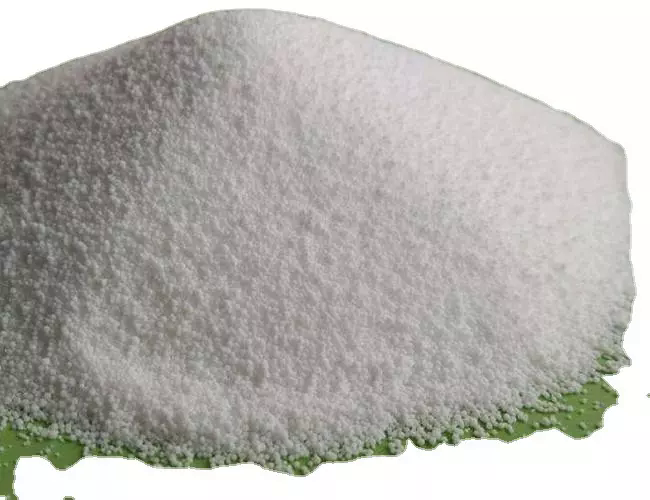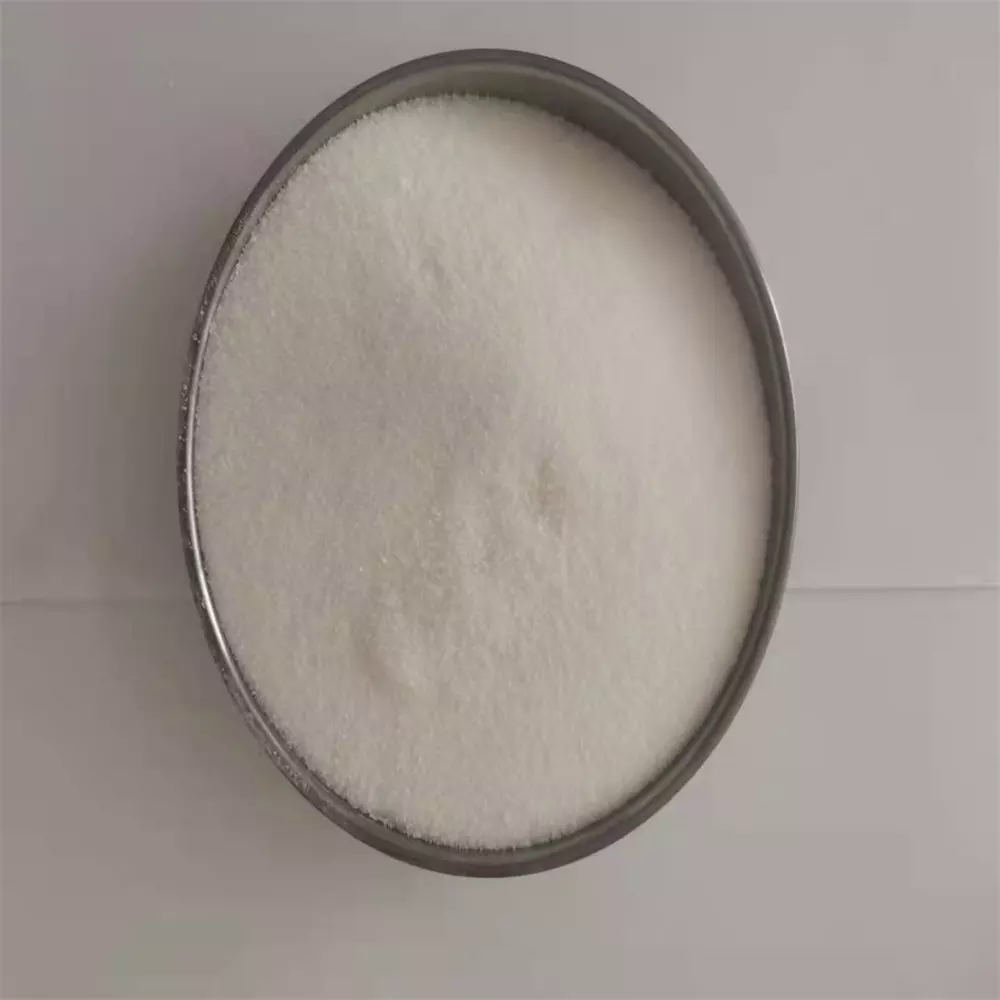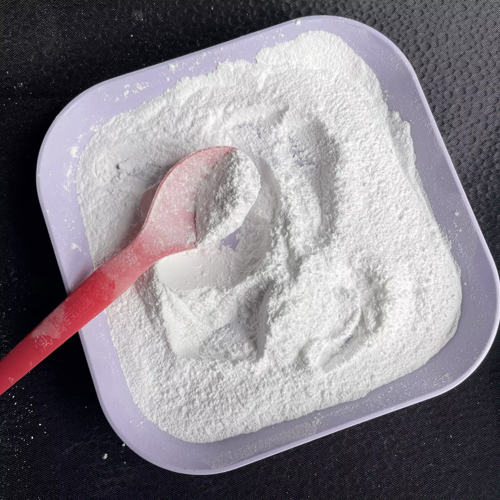Nebivolol
- CAS NO.:118457-14-0
- Empirical Formula: C22H25F2NO4
- Molecular Weight: 405.43
- EINECS: 601-527-4
- SAFETY DATA SHEET (SDS)
- Update Date: 2023-05-18 11:31:18

What is Nebivolol?
Absorption
The absorption of nebivolol is not affected by food. Nebivolol has a Tmax of 1.5-4 hours. Bioavailability can range from 12-96% for extensive to poor CYP2D6 metabolizers. For a 20mg dose, d-nebivolol has a Cmax of 2.75±1.55ng/mL, l-nebivolol has a Cmax of 5.29±2.06ng/mL, both enantiomers have a Cmax of 8.02±3.47ng/mL, and nebivolol glucuronides have a Cmax of 68.34±44.68ng/mL. For a 20mg dose, d-nebivolol has an AUC of 13.78±15.27ng*h/mL, l-nebivolol has an AUC of 27.72±15.32ng*h/mL, both enantiomers have an AUC of 41.50±29.76ng*h/mL, and nebivolol glucuronides have an AUC of 396.78±297.94ng*h/mL.
Toxicity
Patients experiencing an overdose may present with bradycardia, hypotension, cardiac failure, dizziness, hypoglycemia, fatigue, vomiting, bronchospasm and heart block. Treat overdose with general supportive measures including intravenous atropine for bradycardia, vasopressors and intravenous fluids for hypotension, isoproterenol infusion for heart block, digitalis glycosides and diuretics for congestive heart failure, bronchodilators for bronchospasm, and intravenous glucose for hypoglycemia.
The Uses of Nebivolol
Nebivolol is a cardioselective beta-1 receptor blocking agent.
The Uses of Nebivolol
Antihypertensive (β-blocker).
Background
Nebivolol is a racemic mixture of 2 enantiomers where one is a beta adrenergic antagonist and the other acts as a cardiac stimulant without beta adrenergic activity. Treatment with nebivolol leads to a greater decrease in systolic and diastolic blood pressure than atenolol, propranolol, or pindolol. Nebivolol and other beta blockers are generally not first line therapies as many patients are first treated with thiazide diuretics.
Nebivolol was granted FDA approval on 17 December 2007.
Indications
Nebivolol is indicated to treat hypertension.
Definition
ChEBI: (R,S,S,S)-nebivolol is a 2,2'-iminobis[1-(6-fluoro-3,4-dihydro-2H-chromen-2-yl)ethanol] that has (1S,1'S,2R,2'S)-configuration. It is a conjugate base of a (R,S,S,S)-nebivolol(1+). It is an enantiomer of a (S,R,R,R)-nebivolol.
Pharmacokinetics
Nebivolol is a selective beta-1 adrenergic receptor antagonist that decreases vascular resistance, increases stroke volume and cardiac output, and does not negatively affect left ventricular function. It has a long duration of action as effects can be seen 48 hours after stopping the medication and a wide therapeutic window as patients generally take 5-40mg daily. Patients should not abruptly stop taking this medication as this may lead to exacerbation of coronary artery disease. Diabetic patients should monitor their blood glucose levels as beta blockers may mask signs of hypoglycemia.
Clinical Use
Beta-adrenoceptor blocker:
Essential hypertension
Adjunct in heart failure
Drug interactions
Potentially hazardous interactions with other drugs
Anaesthetics: enhanced hypotensive effect.
Analgesics: NSAIDs antagonise hypotensive effect.
Anti-arrhythmics: increased risk of myocardial
depression and bradycardia; increased risk of
bradycardia, myocardial depression and AV block
with amiodarone; increased risk of myocardial
depression and bradycardia with flecainide.
Antidepressants: enhanced hypotensive effect with
MAOIs.
Antihypertensives; enhanced hypotensive effect;
increased risk of withdrawal hypertension with
clonidine; increased risk of first dose hypotensive effect
with post-synaptic alpha-blockers such as prazosin.
Antimalarials: increased risk of bradycardia with
mefloquine.
Antipsychotics enhanced hypotensive effect with
phenothiazines.
Calcium-channel blockers: increased risk of
bradycardia and AV block with diltiazem;
hypotension and heart failure possible with
nifedipine and nisoldipine; asystole, severe
hypotension and heart failure with verapamil.
Cytotoxics: possible increased risk of bradycardia
with crizotinib.
Diuretics: enhanced hypotensive effect.
Fingolimod: possibly increased risk of bradycardia.
Moxisylyte: possible severe postural hypotension.
Sympathomimetics: severe hypertension with
adrenaline and noradrenaline and possibly with
dobutamine.
Metabolism
Nebivolol is metabolized mainly by glucuronidation and CYP2D6 mediated hydroxylation. Metabolism involves n-dealkylation, hydroxylation, oxidation, and glucuronidation. Aromatic hydroxyl and acyclic oxide metabolites are active, while n-dealkylated and glucuronides are inactive.
Metabolism
Nebivolol is extensively metabolised in the liver by acyclic and aromatic hydroxylation, N-dealkylation, and glucuronidation. Hydroxylation is by cytochrome P450 isoenzyme CYP2D6, partly to active hydroxy-metabolites. It is excreted in the urine and faeces, almost entirely as metabolites.
Properties of Nebivolol
| Melting point: | 155-156°C |
| Boiling point: | 600.5±55.0 °C(Predicted) |
| Density | 1.309 |
| storage temp. | -20°C Freezer |
| solubility | DMSO (Slightly), Methanol (Slightly, Heated) |
| form | Solid |
| pka | pKa 8.22(H2O,t =25±1,Iundefined,Ar) (Uncertain) |
| color | White to Off-White |
Safety information for Nebivolol
Computed Descriptors for Nebivolol
Abamectin manufacturer
Basic Pharma Life Science Pvt Ltd
Dolphin Chem
Humble Healthcare Limited
New Products
4-Aminotetrahydropyran-4-carbonitrile Hydrochloride (R)-3-Aminobutanenitrile Hydrochloride 4-AMINO-TETRAHYDRO-PYRAN-4-CARBOXYLIC ACID HCL 4-(Dimethylamino)tetrahydro-2H-pyran-4-carbonitrile 3-((Dimethylamino)methyl)-5-methylhexan-2-one oxalate 1,4-Dioxa-8-azaspiro[4.5]decane 5-Bromo-2-nitropyridine Nimesulide BP Aceclofenac IP/BP/EP Mefenamic Acid IP/BP/EP/USP Diclofenac Sodium IP/BP/EP/USP Ornidazole IP Diclofenac Potassium SODIUM AAS SOLUTION ZINC AAS SOLUTION BUFFER SOLUTION PH 10.0(BORATE) GOOCH CRUCIBLE SINTERED AQUANIL 5 BERYLLIUM AAS SOLUTION 2-Bromo-1-(bromomethyl)-3-chloro-5-nitrobenzene 2-Bromo-3-nitroaniline N-(3-Hydroxypropyl)-N-methylacetamide 3-Bromo-6-chloropyridazine 4-ethyl-3-nitrobenzoic acidRelated products of tetrahydrofuran
You may like
-
 118457-14-0 Nebivolol 98%View Details
118457-14-0 Nebivolol 98%View Details
118457-14-0 -
 NEBIVOLOL 99%View Details
NEBIVOLOL 99%View Details -
 118457-14-0 / 99200-09-6 99%View Details
118457-14-0 / 99200-09-6 99%View Details
118457-14-0 / 99200-09-6 -
 Nebivolol 118457-14-0 / 99200-09-6 98%View Details
Nebivolol 118457-14-0 / 99200-09-6 98%View Details
118457-14-0 / 99200-09-6 -
 118457-14-0 / 99200-09-6 98%View Details
118457-14-0 / 99200-09-6 98%View Details
118457-14-0 / 99200-09-6 -
 Nebivolol 98%View Details
Nebivolol 98%View Details -
 Nebivolol 95% CAS 118457-14-0View Details
Nebivolol 95% CAS 118457-14-0View Details
118457-14-0 -
 Nebivolol 99%View Details
Nebivolol 99%View Details


